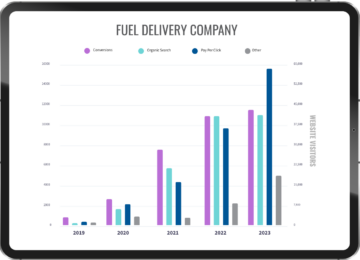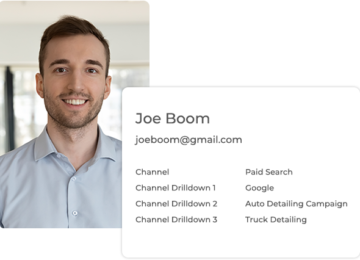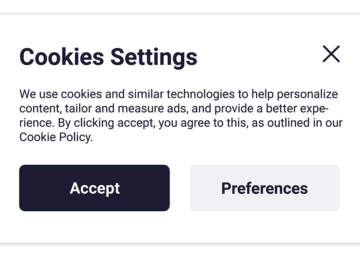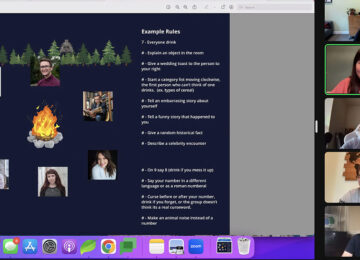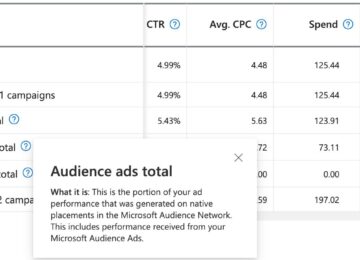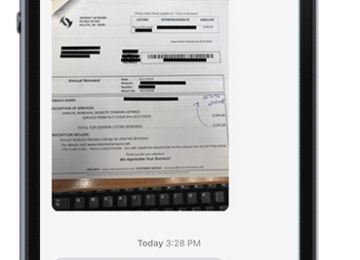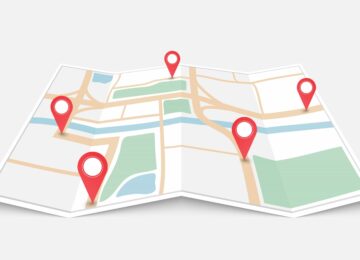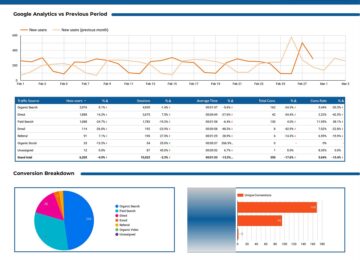Your Paid Ads May Be More Effective Than You Think

Let’s take a look at how attribution models work and two commonly used models known as first and last click.
How Do Attribution Models Work?
Recently, some of the Boom team attended the 2019 Philadelphia Digital Marketing Summit and Lindsy O’Connor from Adtaxi provided a creative example that explains how attribution models work:

A night out with friends can be full of different interactions! Maybe you start the night off with a spicy mojito and then mosey to a friend’s barbecue for a glass of wine. Eventually, the party moves to a bar for a malty beer and then you wind down with a scotch and of course, a cheesesteak.
Although you had a lot of fun, the next day is rough. In order to vow you never feel this way again, you may ask yourself: “Which one of these events caused my hangover?”
Similar to retracing your steps after a night out, attribution models measure interactions, or clicks, in order to understand the behavior of a consumer and evaluate which ad resulted in a sale, or conversion.
Unless we are in the room with the consumer, we can’t truly retrace how or why a sale occurred, but there are various ways we are able to measure success based off the attribution model we choose to use.
Understanding the Difference Between First and Last Click Attribution Models
What is First Click Attribution?
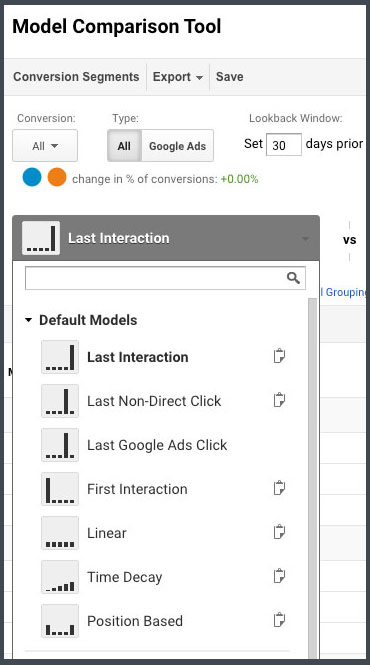
First click tends to be the most important model to follow if you are looking for new customer acquisition. How you are attracting consumers can be successfully measured by looking at first click attribution.
Typically, businesses that have a short sale cycle, lower costs, and fewer touchpoints prior to a sale would be a suitable candidate for the first click model.
What is Last Click Attribution?
Last click attribution is the opposite—your hangover was surely the scotch and cheesesteak combo!
Last click values the consumer’s last interaction as the reason behind the sale. Businesses that have a longer sale cycle, higher costs, and more touchpoints prior to a sale benefit with this model.
Google Analytics’ default model is the last click model; however, you can select different models through their Multi-Funnel Channels Model Comparison Tool. Using this tool, you can set date parameters and report all or various tracked conversions in order to evaluate your traffic.
Learn more about Google Analytics Multi-Channel Funnels Attribution.
Other Attribution Models
First and last click models are commonly used; however, there are several other popular attribution models, like:
- Linear Attribution: This model gives even credit among every conversion. Linear works well in circumstances where your customer remains in contact throughout the entire sale experience, thus each touchpoint has equal value.
- Position Based: This model credits all of your marketing efforts, but the first click and last click receive slightly more value than the interactions in between. A hybrid between first and last click interaction is useful for businesses that value that first interaction and last interaction more than anything else in the customer’s journey.
- Time Decay: This model gives less emphasis on the first click and more on the last click. Touchpoints that occur closer to the sale receive more credit than the initial clicks. Time decay has a default half-life of 7 days; this means the first click exponentially grows less valuable each week. After one week, the first click will receive half credit, after two weeks, it will receive a quarter of the credit, and so on. Time decay becomes useful in cases where you are running a short promotional campaign. You may give more credit to first and last interactions during the days the promotion was running, but less credit to interactions that took place prior to that date.
How Effective Are Your Ads?
Deciding which attribution model to focus on can yield very different results. Take a look at the numbers below. Google Ads (Paid Search) spent a total of $1,568.80. If you look at just the last click attribution model you could attribute 8 conversions/leads to Google Ads at a cost per acquisition (CPA) of almost $200 per lead. However, if you look at the first interaction model you can attribute 14 total conversions to Google Ads at a CPA of around $112/lead. Each model tells quite a different story.

Looking at both models gives a better picture of how your advertising channels are working together. Having a varying degree of data among models proves that the client base isn’t funneling from one channel, but most likely consumers are using different paths before converting.
Relying on First & Last Click Models Correctly
In theory, each model makes sense for different reasons. Giving credit to the last source before the sale seems key, but isn’t that first initial click what landed the visitor there in the first place?
Although these models can tell us a lot about a consumer’s behavior, humans aren’t that simple! Today, we are faced with an impressive number of sources before we decide to browse a website for a specific product. Unfortunately, these models can’t provide insight into buyer’s motivation, but they can help us determine how consumers interact with a business.
So, how can we make informed decisions using first and last click data? Don’t rely solely on either model when making marketing adjustments! Having a good understanding of a client’s business and your marketing plan can help you evaluate what is driving results.

